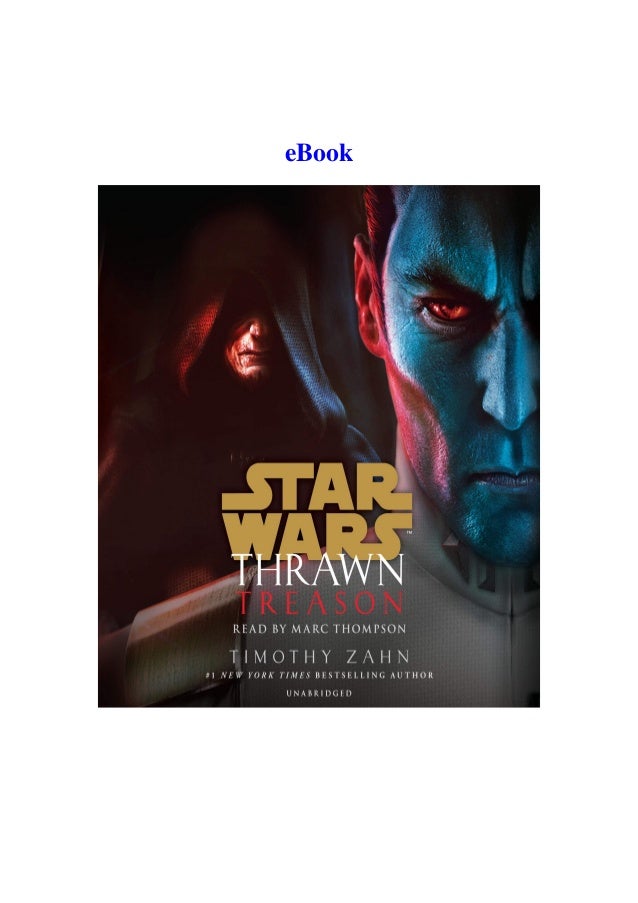

Devayani seeks revenge on Kacha by making advances to Yayati, whom she ultimately succeeds in marrying. This section reveals Devayani's love for Kacha, and Kacha's quiet but firm refusal. The second part of the narrative recounts Yayati's married life. Precisely at this time, Yayati learns of a curse that foretold that his father, and his father's children, would never be happy. But Alaka ultimately falls prey to the Queen Mother's cruelty. He later meets Alaka and experiences sisterly love. Yayati's attempts to bury his grief in carnal pleasure constitute a critical period in his life. In this state of mind, he encounters Mukulika, a maidservant in the palace. But Yayati is traumatised when his father, Nahusha, dies, and for the first time he realises the destructive power of death. After this he meets Kacha, in whom he sees the model of a happy, peaceful life. When Yayati has to leave the security of the palace for Ashvamedha Yajna (a horse sacrifice ritual in Hindu tradition), he meets his elder brother, Yati, who has become an ascetic and abandoned all material pleasures. He then has a fleeting experience of carnal love. Later, he experiences cruelty and passion that challenge his manhood. His faith in motherly love is shattered when he learns that his mother weaned him for fear of losing her beauty. Disillusionment characterises Yayati's early life. Yayati centres on the life of its eponymous hero, Yayati, the king of Hastinapur. The novel's characters generally use language that is romantic, ornamental, and poetic. Each section of the story is narrated in the first person, from the point of view of its respective narrator. The novel has three narrators: Yayati, Devayani, and Sharmishtha. While most of the novel's characters appear in the Mahabharata, Khandekar created several new characters.


The Story of Yayati), a sub-narrative in Adi Parva ( The Book of the Beginning) of the Mahabharata. The story is taken from the Yayatopakhyan ( lit. Where Khandekar's previous writing had focused predominantly on style and imagination, in Yayati these concerns are integrated into a form of social realism the author had little explored until this point. In response, Khandekar looked to the past and chose the story of Yayati, making use of a kind of tale often dismissed as the fairy stories of old women to describe the vacuousness and futility of contemporary society's endless obsession with avarice and lust. Khandekar saw modernity, with its materialistic values, as an elephant on the rampage through the delicate garden of traditional virtues and feelings, blurring the distinction between good and evil, between selfishness and compassion, and blinding people to the evils of the world. The resulting novel is a modern retelling of the story of the Hindu king, who enjoyed all the pleasures of the flesh for a millennium only to realise how empty of meaning was his pursuit of desire. In his preface to Yayati, Khandekar states that he was drawn to the original story from the Mahabharata at multiple levels, and for many reasons.


 0 kommentar(er)
0 kommentar(er)
